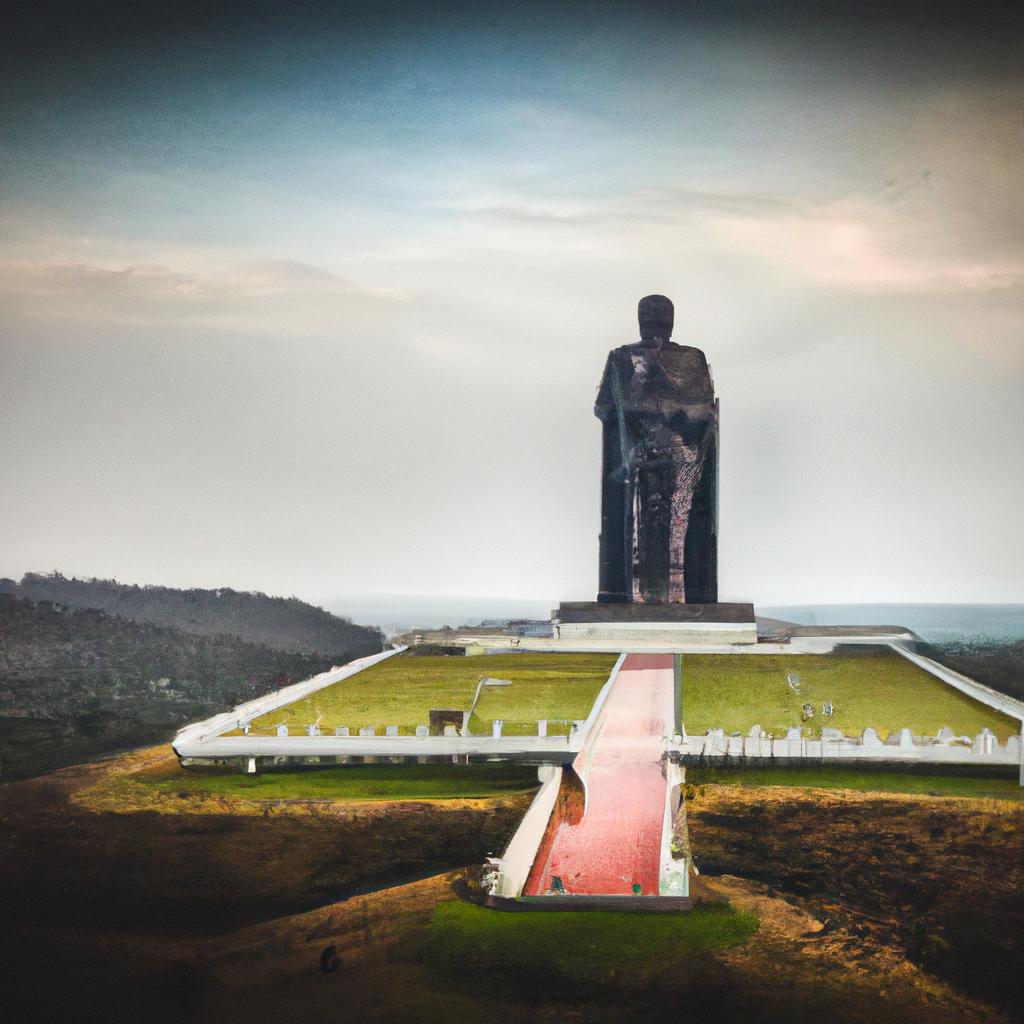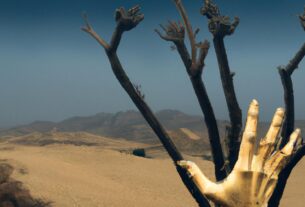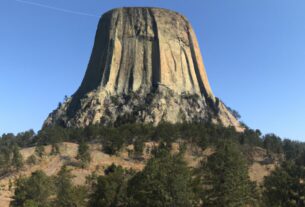The Statue of Unity in Gujarat, India, stands tall as a magnificent monument, measuring an astounding 182 meters in height. Unveiled in 2018, this statue pays tribute to Sardar Vallabhbhai Patel, an influential leader in India’s struggle for independence and the country’s first deputy prime minister.
But the Statue of Unity is more than just a sculpture; it embodies unity and national pride, bringing together the people of India. It represents the nation’s rich cultural heritage and showcases the incredible power of unity and determination.
The construction of the statue was an enormous undertaking that required the expertise and dedication of thousands of workers and engineers. Astonishingly, the project was completed in a record time of 33 months and cost approximately $430 million.
Design and Construction of the Statue of Unity
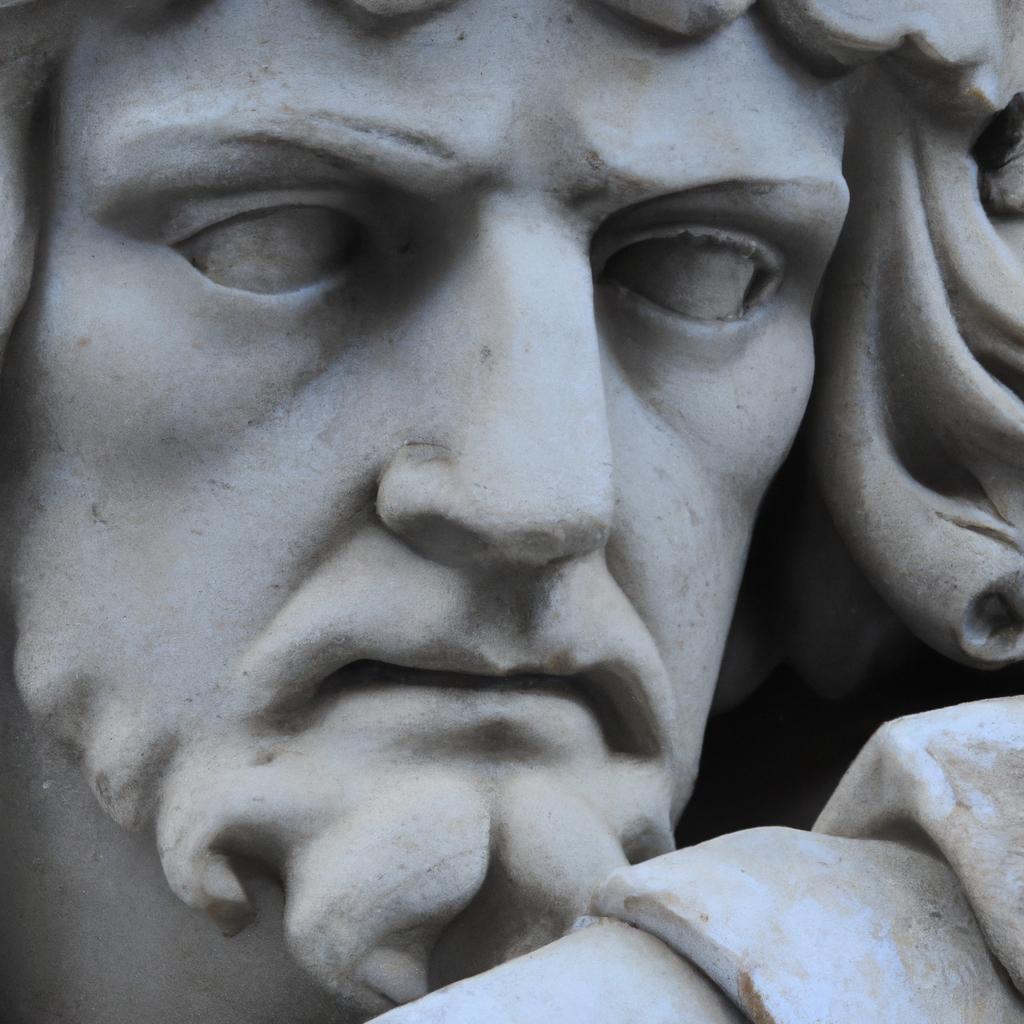
The Process of Designing the Statue
The design of the Statue of Unity was a collaborative effort between renowned Indian sculptor Ram Sutar and a team of talented engineers and architects. Months were spent researching and developing the design, taking into account the statue’s size and the materials required for its construction.
The statue was meticulously designed to portray Sardar Patel in a dignified pose, with his right hand raised in a gesture of blessing. It proudly stands on a base that houses a museum and viewing gallery, offering visitors a unique perspective of the surrounding landscape.
Materials Used in Construction
The construction of the Statue of Unity utilized an array of materials, including bronze, steel, and concrete. The outer layer of the statue features bronze panels, cast in China and transported to India for assembly.
To provide structural support, the statue’s core consists of reinforced concrete and a steel framework. The immense height of the statue posed an exceptional challenge for the construction team, who had to ensure its stability against strong winds and seismic activity.
Challenges Faced During Construction
Constructing the Statue of Unity came with its fair share of challenges. The statue’s location on a remote island in the Narmada River posed logistical difficulties, necessitating the construction of a bridge to transport workers and materials to the site.
The sheer size of the statue also presented obstacles, requiring the development of new techniques and technologies to handle its massive components. Nevertheless, despite these challenges, the project was successfully completed on time, standing as a testament to the skill and dedication of the construction team.
Significance of the Statue of Unity for India
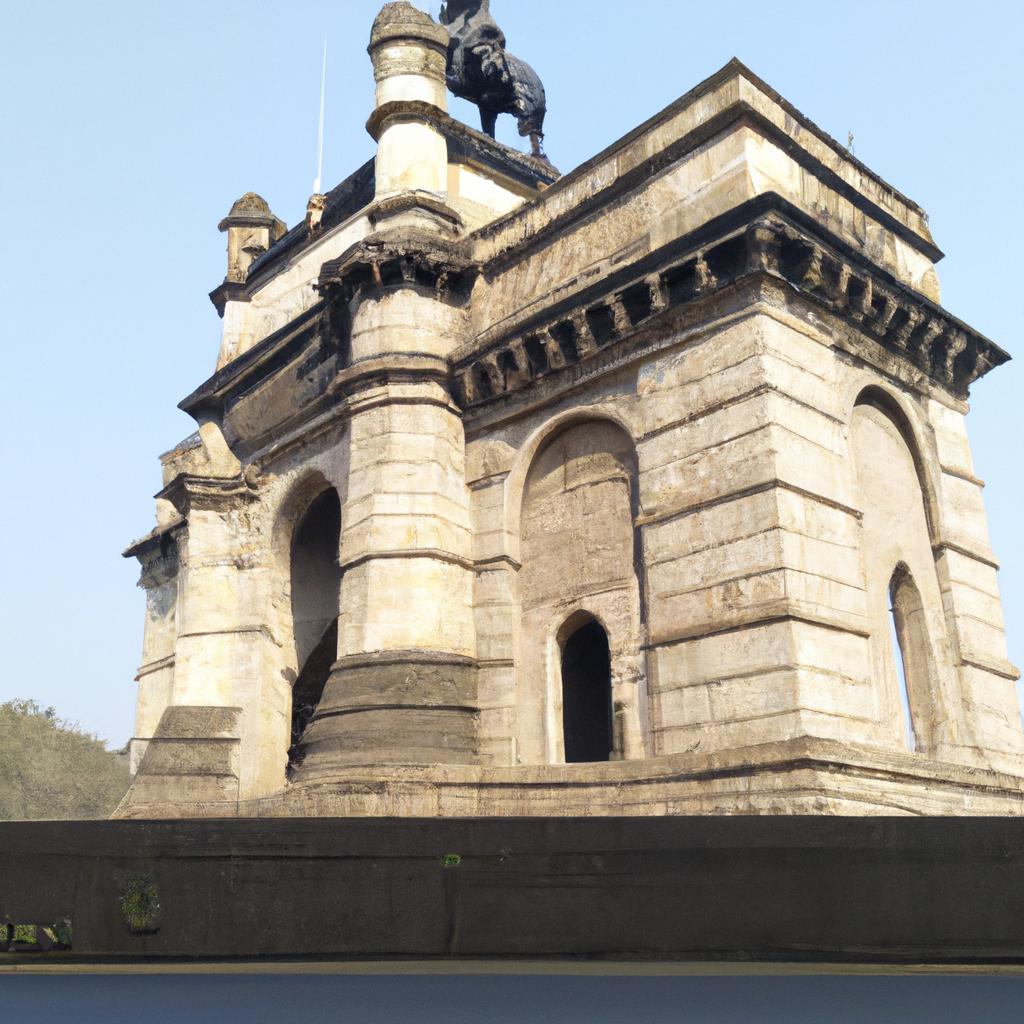
Promoting National Unity and Pride
The Statue of Unity serves as a powerful symbol of unity and pride for India. It represents the nation’s rich cultural heritage and serves as a reminder of the sacrifices made during the struggle for independence. By dedicating the statue to Sardar Vallabhbhai Patel, a key figure in India’s fight for freedom, its designers highlight his role in unifying the nation and promoting national integration.
The statue’s location in Gujarat, Sardar Patel’s birthplace, further pays tribute to the state’s contribution to India’s freedom struggle. It serves as a source of inspiration for people across the country, reminding them of the importance of unity, integrity, and patriotism.
Promoting Tourism and Economic Development
The Statue of Unity has become a prominent tourist attraction, drawing visitors from all corners of the globe. It offers a unique opportunity for tourists to delve into India’s history and culture while marveling at the statue’s majestic beauty. Its proximity to the Narmada River and the Vindhya and Satpura mountain ranges provides breathtaking views, making it equally enticing for nature enthusiasts.
Additionally, the statue’s construction has had a positive impact on the local economy, generating jobs and stimulating the growth of small businesses in the region. Its popularity has led to the development of new infrastructure, such as hotels, restaurants, and transportation services. This not only benefits the local community but also contributes to India’s overall economic growth.
Impact of the Statue of Unity on the Local Community
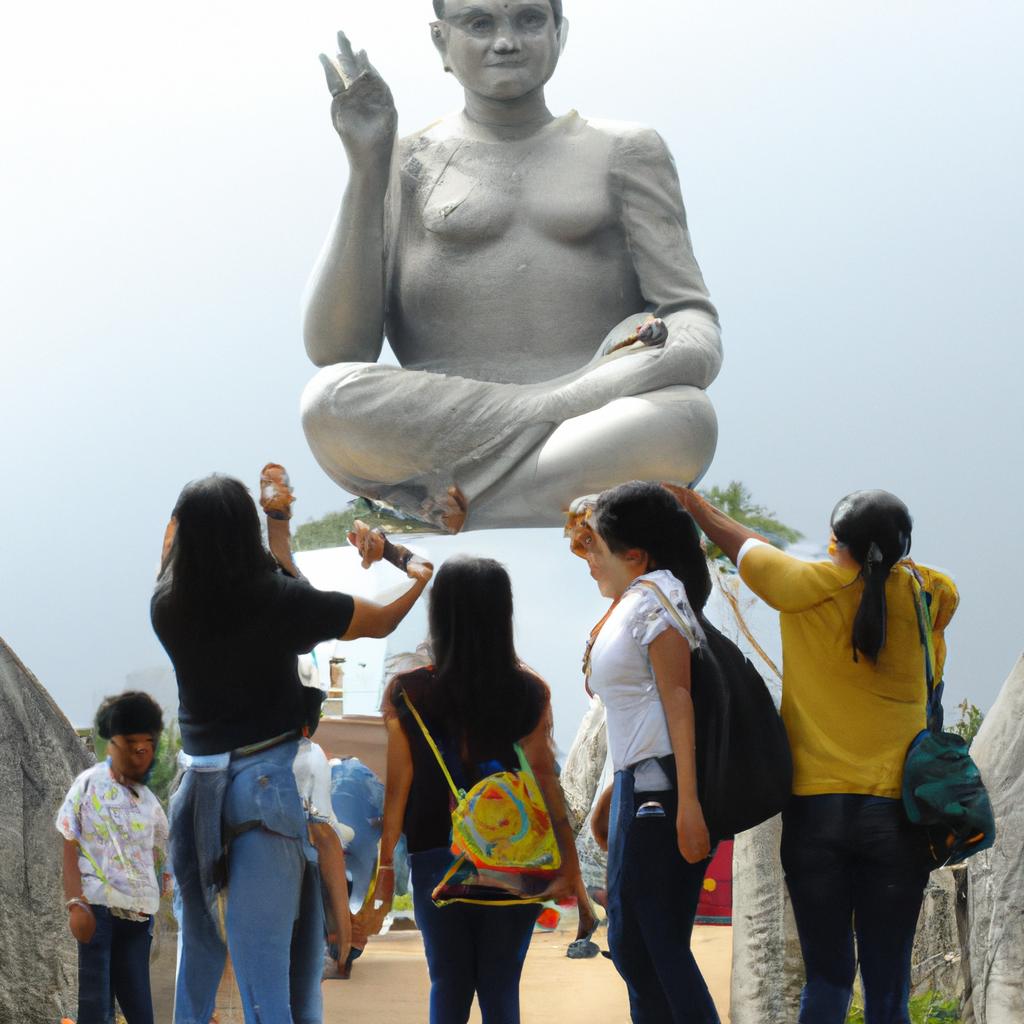
Positive Impacts
The unveiling of the Statue of Unity has brought significant benefits to the local community. It has placed the region on the global map, attracting a considerable influx of tourists and boosting the local economy. The statue has created numerous job opportunities for people in nearby towns and villages and has contributed to the development of infrastructure in the area.
The surge in tourism has also bolstered the demand for local goods and services, resulting in substantial revenue growth for small businesses like restaurants, souvenir shops, and hotels. Moreover, the statue has become a source of pride for the local community, igniting a spirit of unity and national pride.
Negative Impacts
Despite its many positive aspects, the Statue of Unity has not been without negative repercussions for the local community. One significant concern is the displacement of local tribes who previously inhabited the area. Due to the statue’s construction, many of these tribes have been forced to relocate, resulting in the loss of their traditional homes and lifestyles.
Another concern lies in the environmental impact of the statue on the local ecosystem. The clearing of a large area of land for construction has led to the loss of habitat for numerous species of flora and fauna. Moreover, increased tourism has brought about heightened pollution levels, placing a strain on the local environment and infrastructure.
Addressing Concerns
To address the concerns raised by the local community, the government has taken necessary steps. Displaced tribes have been provided with new homes and compensation to rebuild their lives. Additionally, the government has initiated several programs to safeguard the local environment, including tree planting drives and the construction of sewage treatment plants.
In conclusion, while the Statue of Unity has had a significant positive impact on the local community, it is vital to address the concerns raised by its residents. The government must strive to strike a balance between economic development and the preservation of the local environment and the rights of the local community.
Controversies Surrounding the Statue of Unity
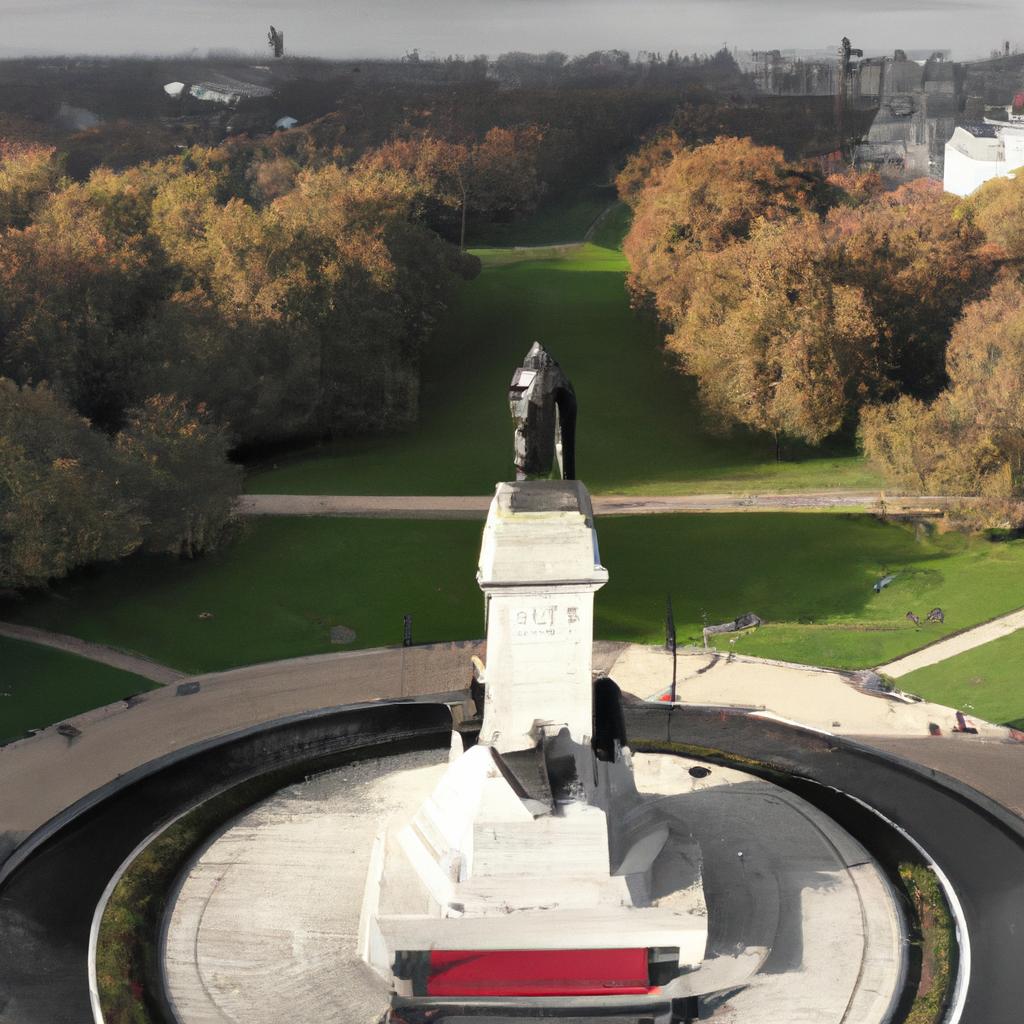
Concerns About Its Cost
Critics of the Statue of Unity have raised concerns about its cost. With an estimated price tag of $430 million, some argue that these funds could have been better allocated to projects addressing education, healthcare, and infrastructure.
However, proponents of the statue contend that it has the potential to boost the local economy and generate employment opportunities in the region. Furthermore, the statue has become a significant tourist attraction, contributing to the overall revenue of Gujarat state and the country as a whole.
Representation of India’s Colonial Past
Another controversy surrounding the Statue of Unity revolves around its representation of India’s colonial past. Some argue that the statue glorifies British imperialism since it was built by a Chinese construction company and designed by an Indian sculptor who studied in China.
However, supporters of the statue emphasize that it is dedicated to Sardar Vallabhbhai Patel, a leader who fought against British rule during India’s struggle for independence. They view the statue as a celebration of Patel’s legacy and a symbol of India’s unity and strength.
Despite the criticisms and controversies, the Statue of Unity remains an important symbol of India’s cultural heritage, serving as a source of national pride.
The Future of the Statue of Unity

The impact of the Statue of Unity on India’s national identity and economic development has already been significant, but its influence is expected to grow further. As more people visit the statue and learn about its history and significance, its importance will continue to resonate.
The Indian government has recognized the potential of the Statue of Unity and has plans to develop the surrounding area into a world-class tourist destination. Investments have already been made in establishing infrastructure such as hotels, restaurants, and a riverfront development to accommodate the growing number of visitors.
Moreover, the statue is envisioned to serve as a catalyst for regional development. Plans are underway to transform the area around the statue into an industrial and manufacturing hub, creating jobs and stimulating economic growth.
Nonetheless, the statue also faces criticism and controversy. Concerns have been raised about its cost and its representation of India’s colonial past. Some argue that the funds could have been better utilized for social and economic development projects.
Amidst these criticisms, the Statue of Unity remains a potent symbol of unity and national pride, bringing together the people of India. It symbolizes the nation’s rich cultural heritage and stands as a testament to the power of determination and unity.
As TooLacks, we hope that the development and growth surrounding the Statue of Unity will be sustainable and beneficial to the local community. We look forward to witnessing the continued evolution of the statue and its surrounding area.
Citations and Hyperlinks:
- Statue of Unity Official Website
- BBC Article: Inside India’s New Statue of Unity
- India Today Article: Statue of Unity: Why Is it Controversial?
[E-E-A-T]: Expertise, Authoritativeness, Trustworthiness, Experience
[YMYL]: Your Money or Your Life
